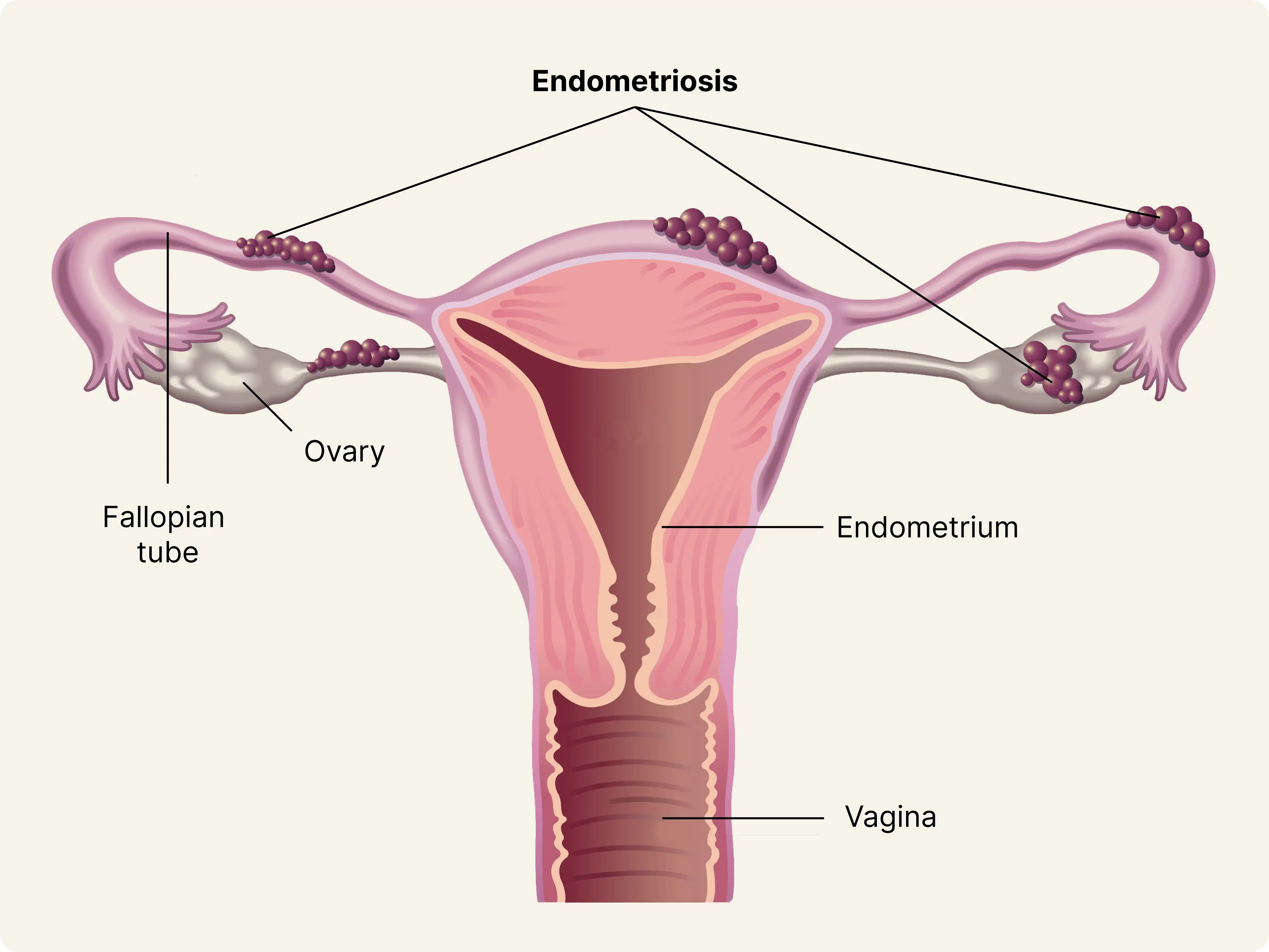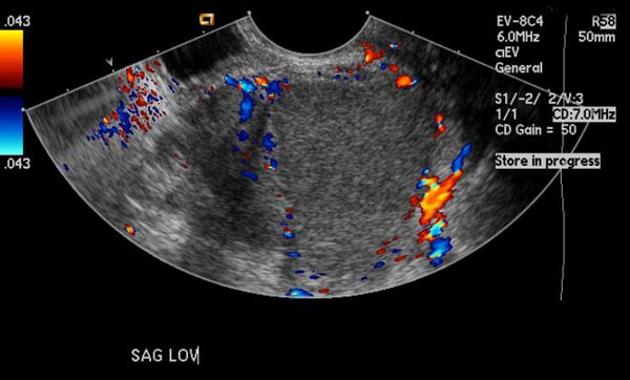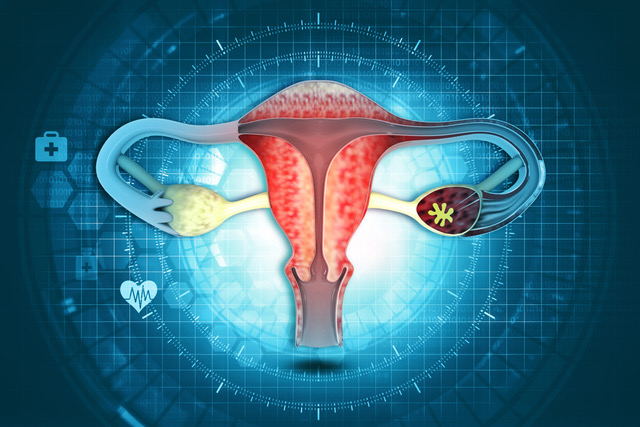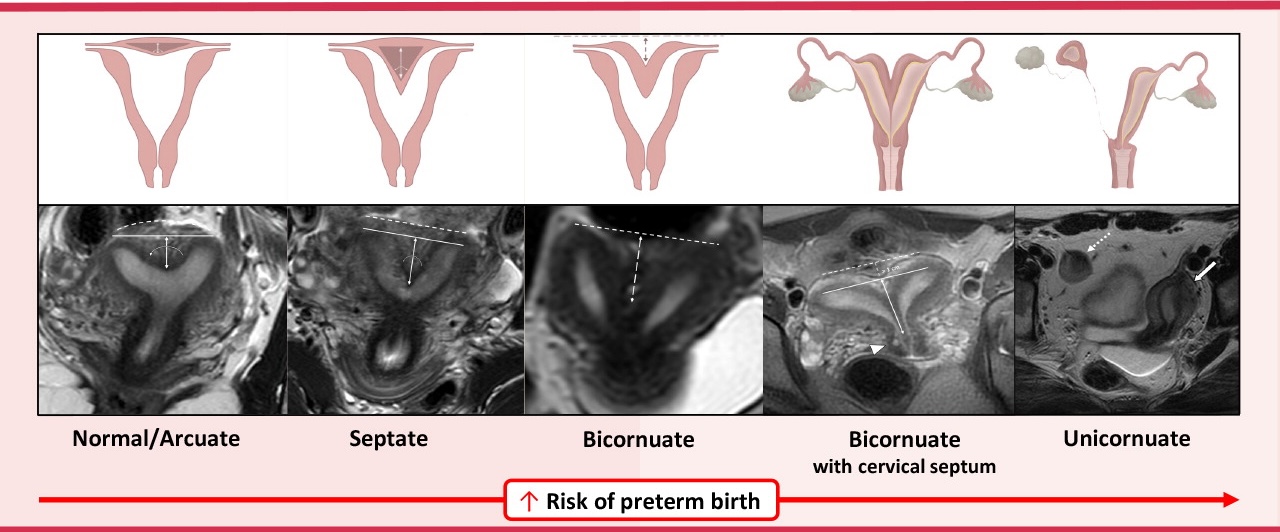
Explore the conditions we diagnose with advanced imaging techniques for accurate and effective treatment planning.

A chronic inflammatory condition where tissue similar to the uterine lining grows outside the uterus, leading to pain and possible fertility issues. Types of endometriosis:Ovarian Endometriosis – Cysts filled with endometriosis tissue.Deep Endometriosis – Nodules affecting organs like the bowel, bladder, and ureters.Superficial Endometriosis – Small deposits on the peritoneum.
🔹 Ultrasound can detect endometriosis, but negative findings do not rule out the condition. Advanced techniques help assess the extent and severity, providing crucial information for treatment planning.

A uterine condition where endometrial tissue infiltrates the uterine muscle, causing pain, heavy periods, and infertility. Often coexists with endometriosis.

Includes irregular, heavy, or postmenopausal bleeding.
Common causes include:
Fibroids – Firm growths in the uterus.
Polyps – Soft, benign growths in the uterine cavity.
Adenomyosis – Uterine inflammation affecting bleeding patterns.
🔹 Saline Infusion Sonohysterography (SIS) helps pinpoint abnormalities for accurate diagnosis and surgical planning.
🔹 3D Pelvic Ultrasound – Uses advanced imaging to diagnose anatomical abnormalities like fibroids, polyps, and adenomyosis

Ultrasound plays a critical role in identifying uterine, ovarian, and Fallopian tube conditions affecting fertility. Endometriosis is a major cause, often overlooked in standard scans. Our comprehensive fertility assessment includes endometriosis staging and fertility index evaluation to guide treatment decisions.

Müllerian anomalies are congenital defects of the female reproductive tract caused by incomplete Müllerian duct development, potentially leading to infertility, pain, and pregnancy complications.